Sunspot grows 5X the size of Earth! Solar storm fears rise, reveals NASA Observatory
A sunspot named AR3354 has grown scarily big over the last 24 hours. It has now grown to be 5 times the size of the Earth, NASA’s Solar Dynamics Observatory has revealed. Will this spark new solar storm trouble for Earth?

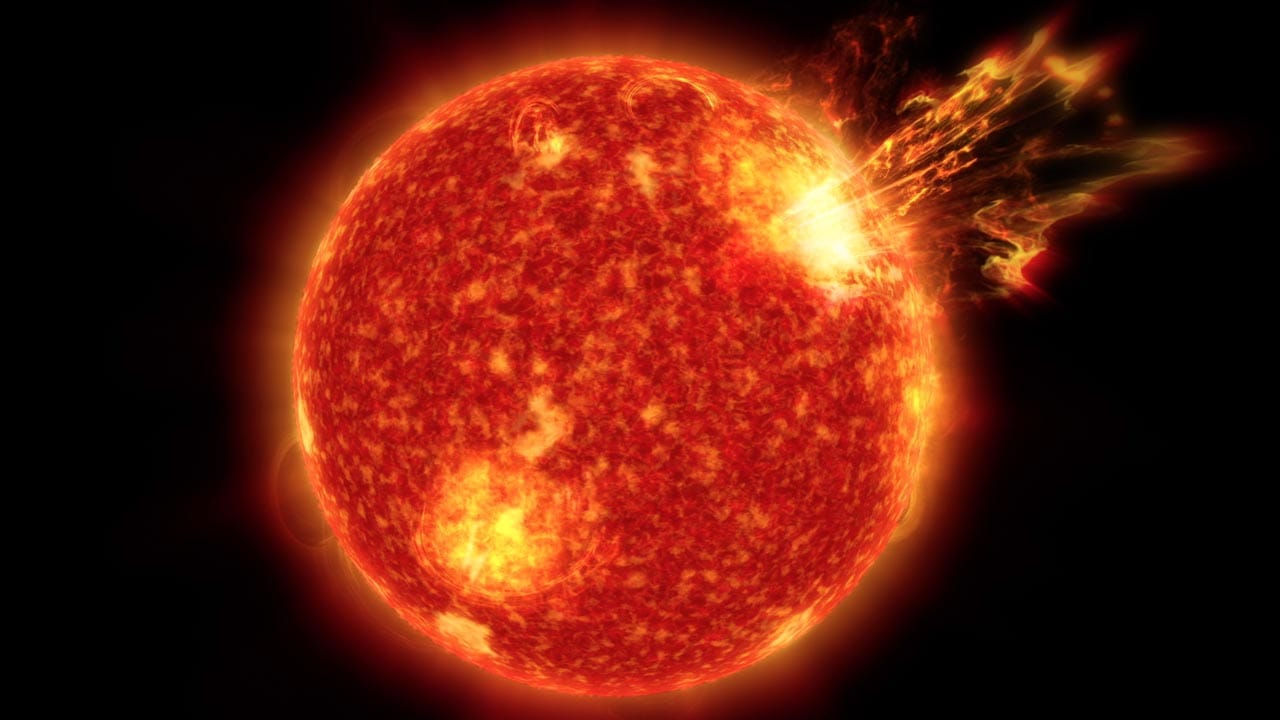
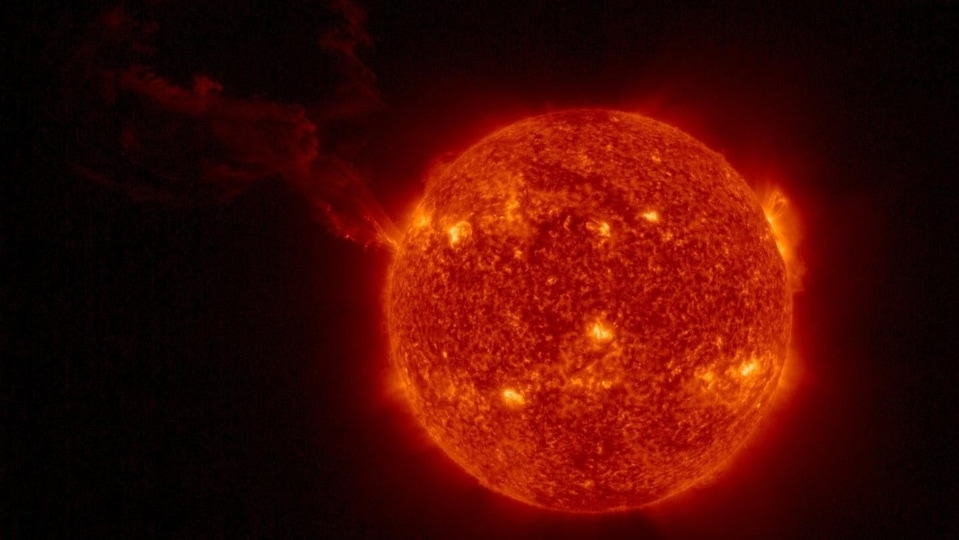
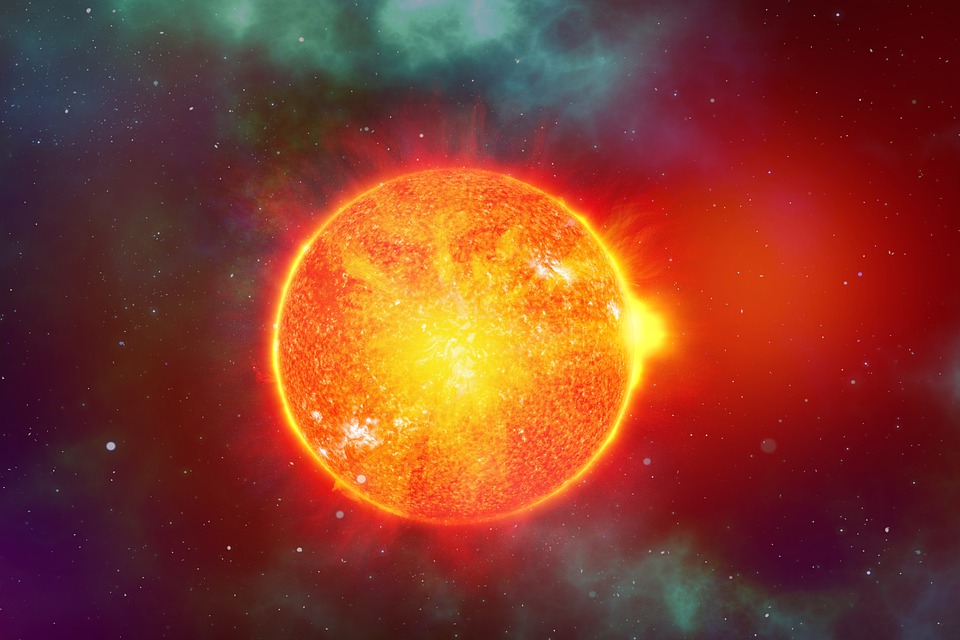
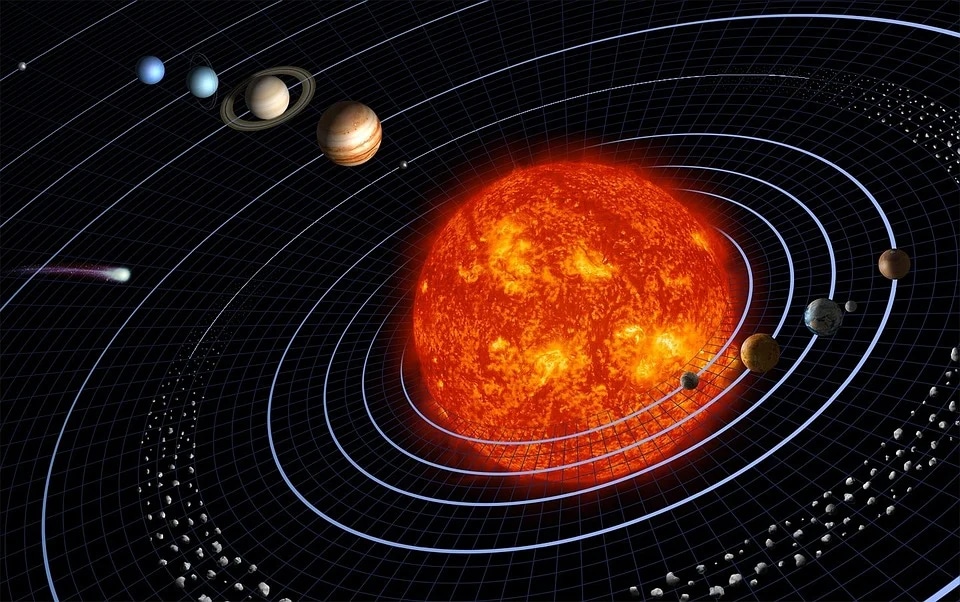
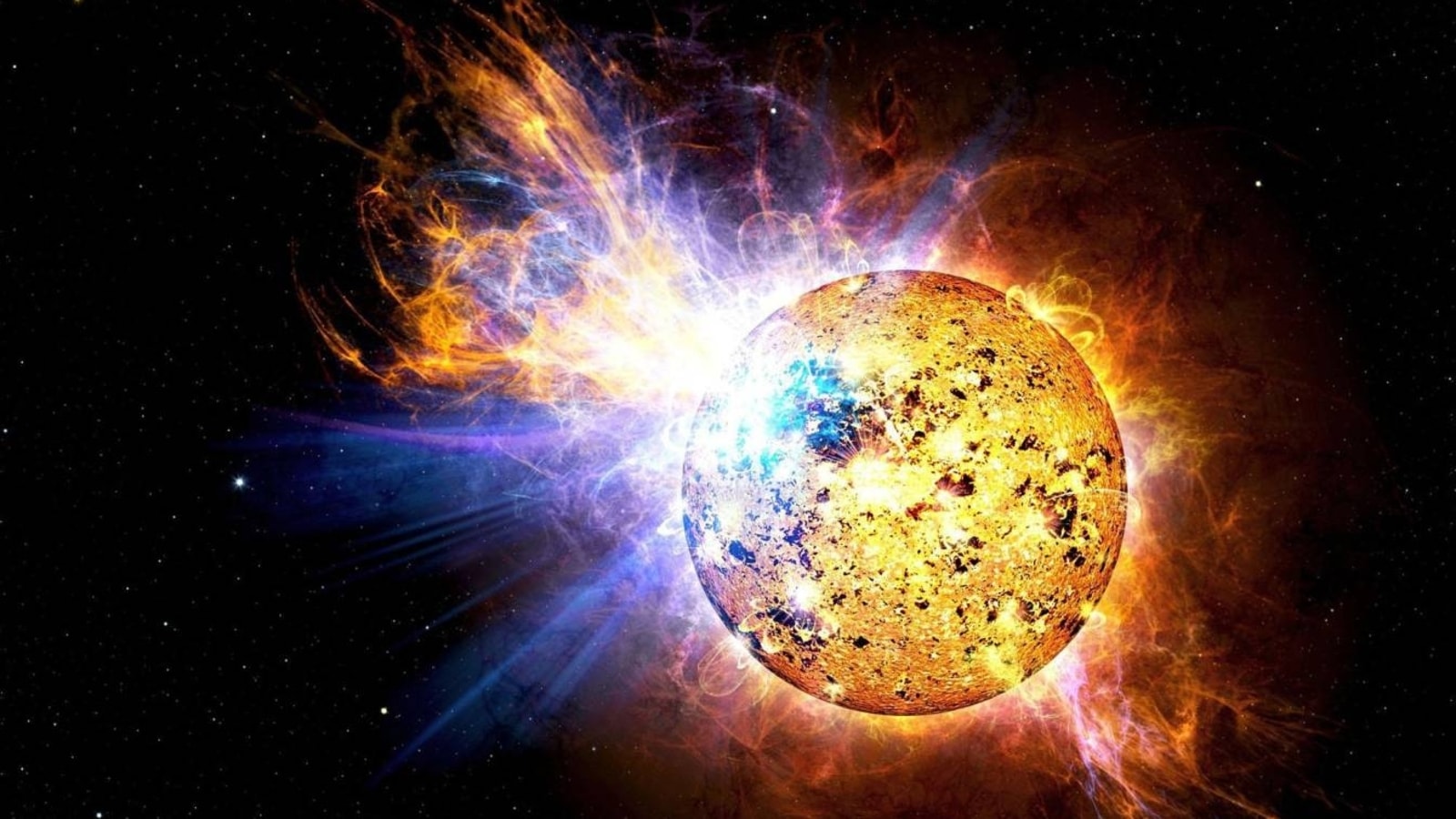
 View all Images
View all ImagesIn case you have been wondering why solar activity has increased exponentially over the last few months, you should know that scientists have predicted that the peak of the current solar cycle will arrive by the middle of 2025. The peak, also known as Solar Maximum, is the phase when the solar activity is at its highest in the 12-year period of the cycle. That's why we saw two separate solar flare incidents last week, both of which triggered a radio blackout on Earth. And now, NASA's Solar Dynamics Observatory (SDO) has spotted a troublesome sunspot that has grown exponentially to reach 5 times the width of the Earth in just 24 hours. It is bustling with unstable delta-class energy and can explode sparking tremendous solar storms towards the Earth.
According to a report by SpaceWeather.com, “Sunspot AR3354 didn't exist yesterday. Today it is 5 times wider than Earth. A 24 hour movie from NASA's Solar Dynamics Observatory shows the sunspot's rapid development. It merits watching as a possible source of Earth-directed solar flares”.
Growing sunspot sparks fears of solar storms
Sunspots are the most common source of solar flares. We saw this last week when another notorious sunspot exploded producing an X-class solar flare that sent a large cloud of coronal mass ejections (CME) towards Venus and it eroded a small part of its atmosphere. If this sunspot suffers a similar explosion, the eventual solar storm on Earth can have devastating effects.
Such intense solar flare eruptions can release a large amount of CME, which when strikes the magnetosphere of the Earth, can produce up to G5-class geomagnetic storms. These storms can disrupt GPS, hamper mobile networks and the internet, and even cause a massive power outage by corrupting the power grids. Even the electronic devices on Earth are not safe from malfunctioning.
The role of the NASA Solar Dynamics Observatory
The NASA Solar Dynamics Observatory (SDO) carries a full suite of instruments to observe the Sun and has been doing so since 2010. It uses three very crucial instruments to collect data from various solar activities. They include Helioseismic and Magnetic Imager (HMI) which takes high-resolution measurements of the longitudinal and vector magnetic field over the entire visible solar disk, Extreme Ultraviolet Variability Experiment (EVE) which measures the Sun's extreme ultraviolet irradiance and Atmospheric Imaging Assembly (AIA) which provides continuous full-disk observations of the solar chromosphere and corona in seven extreme ultraviolet (EUV) channels.
Catch all the Latest Tech News, Mobile News, Laptop News, Gaming news, Wearables News , How To News, also keep up with us on Whatsapp channel,Twitter, Facebook, Google News, and Instagram. For our latest videos, subscribe to our YouTube channel.





























